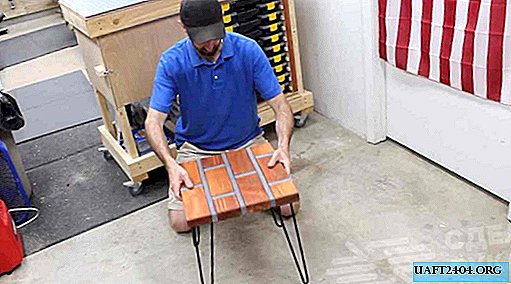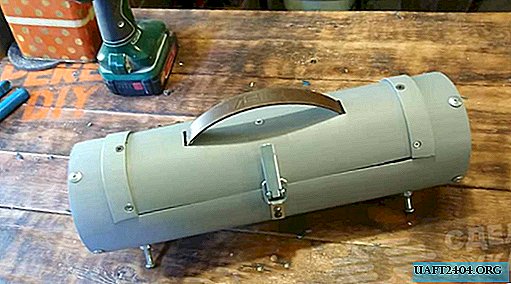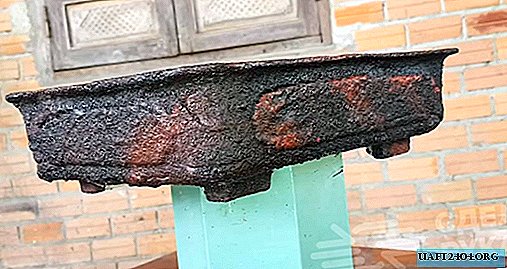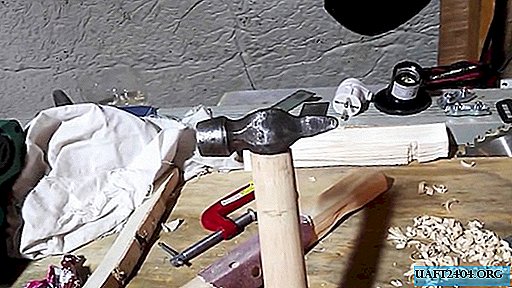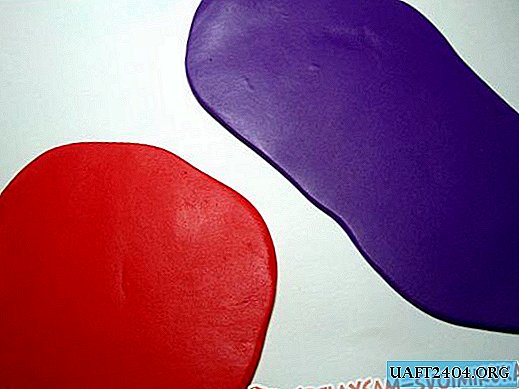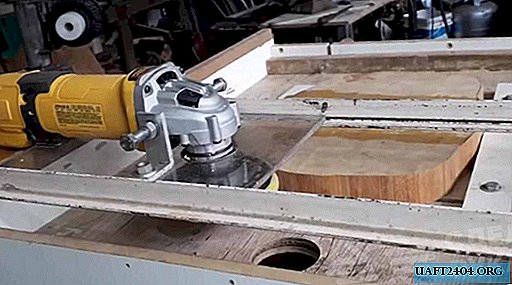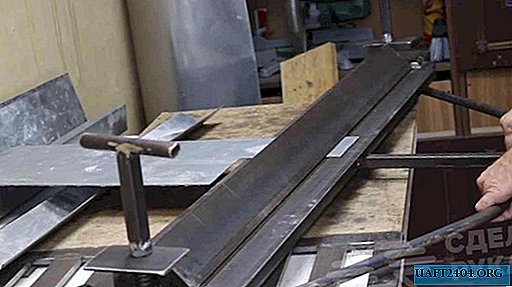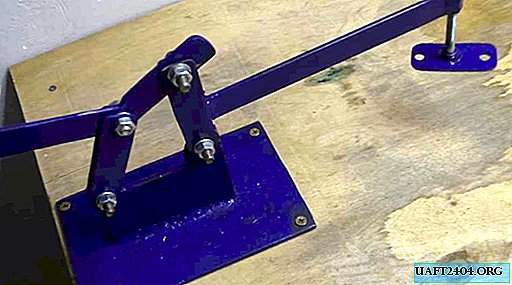Share
Pin
Tweet
Send
Share
Send
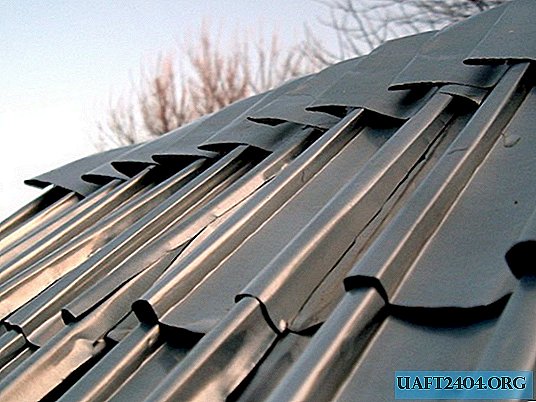
Immediately make a reservation that it is not worth considering such a full roofing, since the abundance of small cracks and fragile fasteners are unlikely to be suitable for serious buildings. But to cover the roof of technical, utility small buildings, for example, a toilet, a chicken coop, a barn or a doghouse, it is quite rational to cover them.

Technology features
This roofing is made directly from cans, in which the bottom and neck are cut off. The rest is cut along and straightened. A hand-lined sheet of aluminum is pressed in a makeshift stamp so that it takes on a shape similar to a profiled sheet with cells. Finished small blanks are overlapped on a wooden frame, and are shot with brackets or fixed with screws. Ending roofing elements of skates and sinks are made from the same sheets, but without stamping.
Materials and Tools
In addition to empty aluminum cans, we will need:
- A piece of board, a width of 150-180 mm, a thickness of 25-30 mm - 2 pieces;
- Metal square rod, section - 10-15 mm - 2 pcs.
Instruments:
- Stapler with staples;
- Circular saw, or "flooring";
- Scissors for metal;
- Square;
- Chisel;
- Hammer;
- Drill with bits and screws;
- Gloves.
Step-by-step instructions for the manufacture and cladding of a roof from aluminum cans
1. Preparation of cans
The material for this roofing can be found anywhere. My neighbor is an excellent regular supplier of it, so I have no problems with raw materials. I prefer beer cans, since there is no sticky coating left in them, as from soda.

It is most practical to start trimming with the neck, then make a longitudinal section, and finally cut the bottom. This is more convenient since the neck of the jar is weaker. Ideally, you should come up with some kind of cutting device, since a large number of cans manually cut will be quite troublesome.

Do not forget about gloves, because the burrs of aluminum are very sharp, they can be easily injured!
2. Grooves for metal rods
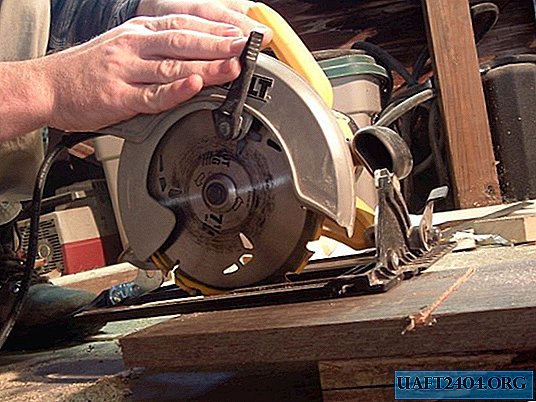
The bottom board of the stamp will act as a matrix. It is necessary to make grooves for metal rods in it so that they enter them with a small gap. This can be done with a circular saw or circular saw. To extend the life of the punch, choose hardwood - oak, ash, acacia, etc .;
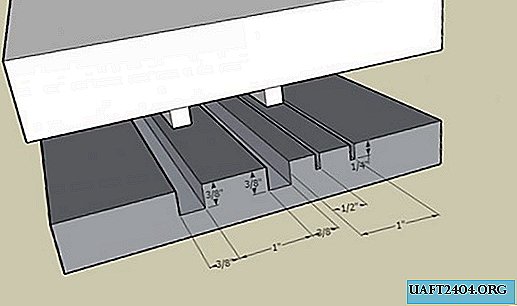
3. Fasteners rods
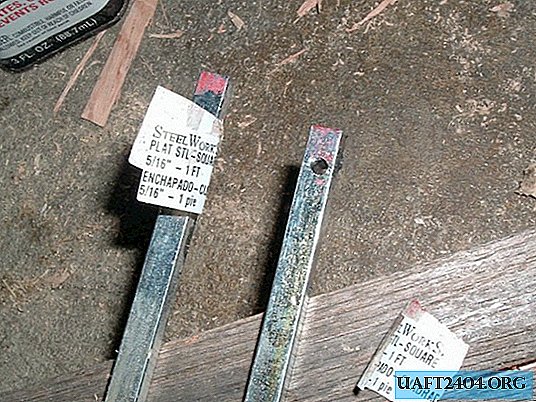

At the ends of the metal rods, it is necessary to make one hole to fix them on the upper board, so that a punch is obtained. Their position should coincide with the grooves on the matrix (bottom board). You can fix the rods on screws or screws;
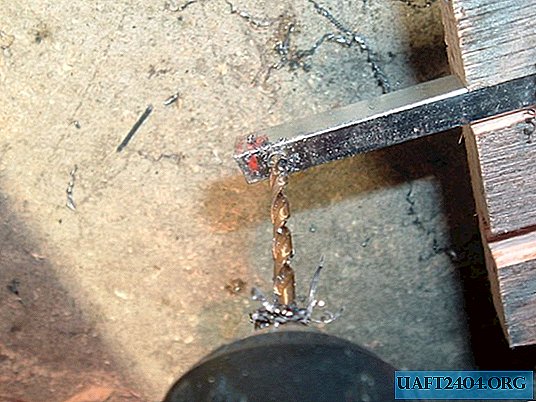

4. stamp assembly
To connect both parts of the stamp, use a regular window loop or sheet of aluminum from the can, shooting it with a stapler to the ends of the boards.
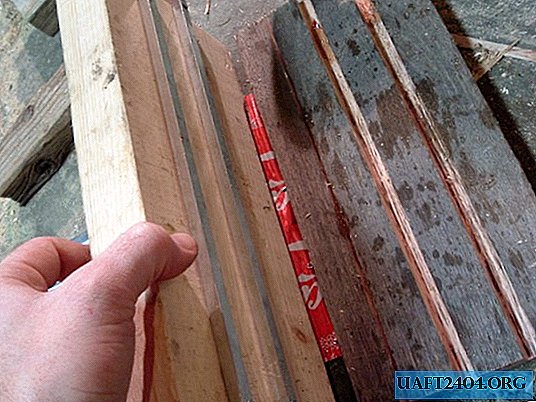
If the grooves under the metal rods are narrow, you can expand them with a chisel;

5. Production of profiled sheet
Insert the straightened sheet of aluminum into the stamp and press it well by hand or even with your foot. In this technology, as in the standard, it is necessary to make two types of blanks with different endings. The figures show how the position of the extruded cells differs relative to the end of the sheet.
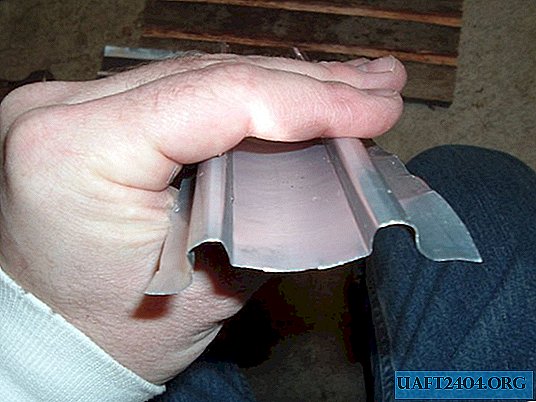
The first of them allows you to make a more durable coating, and even put the sheet in two layers. The second can only be laid in one layer, but on the maximum roof area. To distinguish the size of the workpieces being executed, several marks are made on the lower stamp board with the same circular saw;
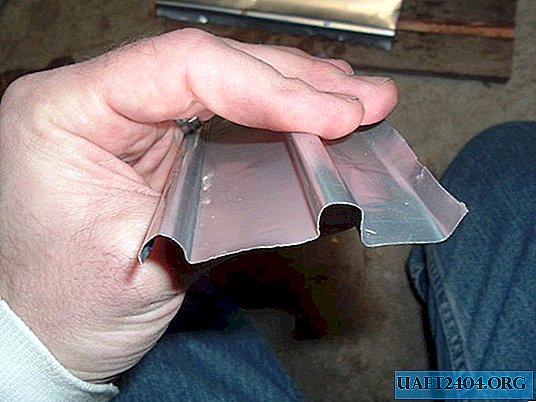
6. Roofing
As soon as you have ready several packs of profiled sheet blanks, you can take up the roof lining. We will need metal scissors, a couple of aluminum sheets and a stapler. In my case, this is the gable roof of a small chicken coop, the dimensions of each side are 60x60 cm.

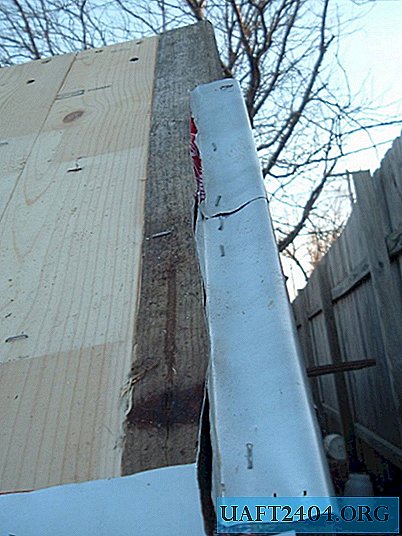
Fold the aluminum sheets in half and secure them with a stapler at the bottom of the roof, inserting one into one, as in the photo. The same principle of fastening at the end lateral elements of the roof.
Bend 90 degrees at the side elements so that you can fix the profiled sheets and provide a drain of moisture (drip).
7. Installation of the roof
A professional sheet of aluminum cans does not have the rigidity that is inherent in a standard material. You can’t walk on such a roof, so its installation is limited only by pressing by hand.


Facing with this piece coating begins from below, and from one edge. It is necessary to produce it so that it is possible to rely on the free zone of the roof, gradually covering the roof to the top.
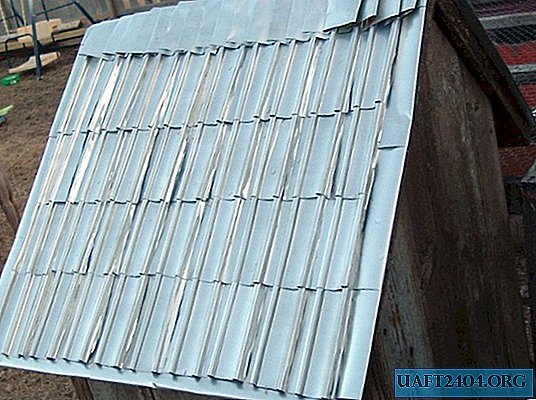
8. Roof ridge facing
Skate elements are made of a sheet of aluminum, slightly bent from one edge. This bend can not even push through to the end. The leaf bends in the middle, and is also fixed with a "herringbone" in place on the roof. When installing these elements, it is necessary to press them as tightly as possible to the sides of the roof so that they streamline the shape of the profiled sheets as much as possible.

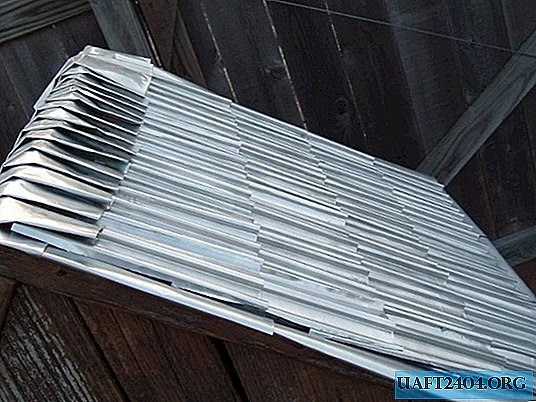


Original article in English
Share
Pin
Tweet
Send
Share
Send

